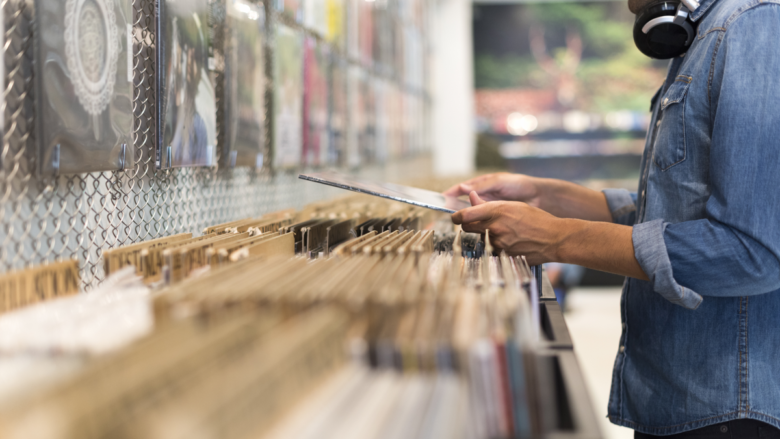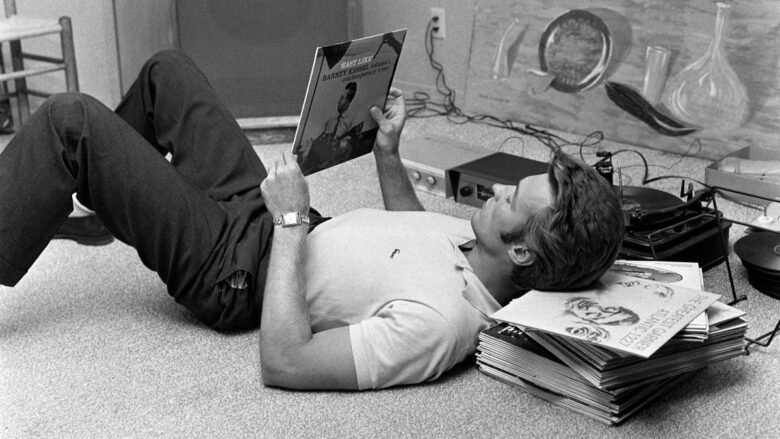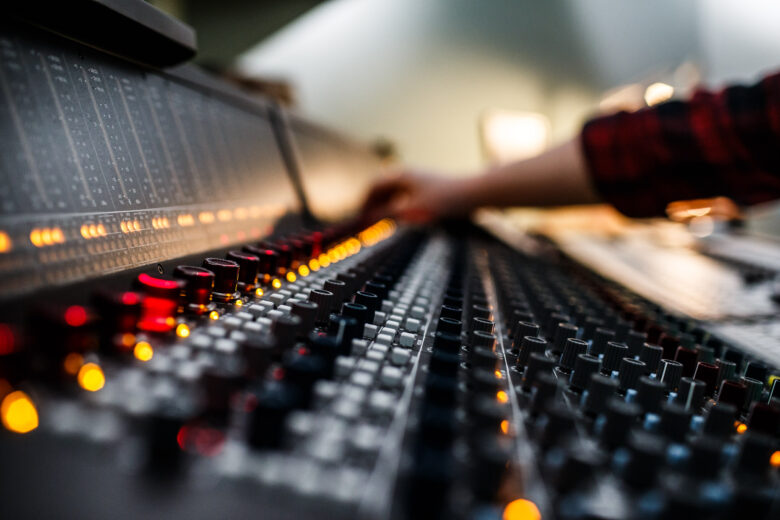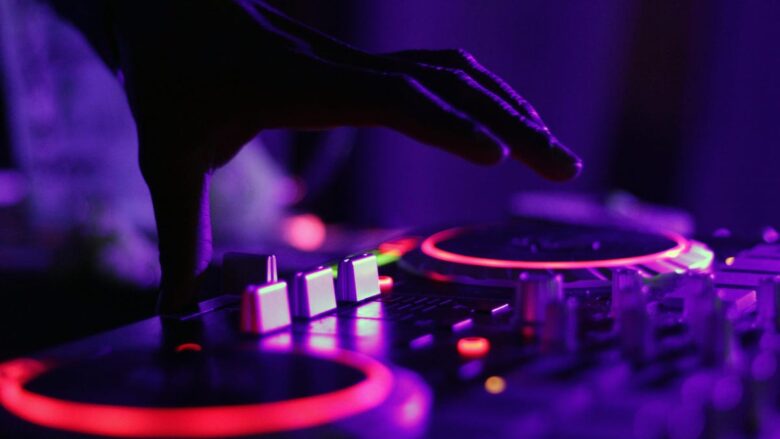How did the way we listen to music change over the years? Did it change at all?
Well, of course, it did. It changed in more ways than one.
Not only do we use different devices to listen to music, but the way we consume and actually listen to music has changed. Some would say it has evolved, and while we can’t say that in some way listening to music hasn’t evolved, in others – it actually did the opposite.
But, let’s not give it all away just now. Let’s take it one step at a time and find out how the way we listen to music has changed.
We Don’t Have To “Look” For New Songs Anymore

Back in the day, listening to music meant that you had to jump through several hoops before you could enjoy a song. You had to go out and buy a record, cassette or CD, get home, set everything up and play your favorite tunes.
Finding out if there was anything new to be heard was also hard. Back in the early days, you had to read a magazine to find out if someone had dropped an album, or you had to go to a party and hope that the DJ had something new and exciting for you to listen to.
Then, the 90s came, and MTV really took off, and you had the chance to watch music videos and listen to your favorite artist on TV.
Nowadays, none of these things is happening. No one watches MTV (because nowadays MTV stands for My-god-what-the-hell-is-this TV), most kids have already heard the song before the DJ has, and all of us literally have the world’s entire music library and history in the palm of our hand.
We Don’t Care And We Love To Skip

As is often the case when you make something as accessible as music is nowadays – nobody seems to care anymore. It’s simple, really. When you have everything – everything becomes worthless.
That is pretty much what happened to music over the last 10 to 15 years.
People love to say that new music is garbage, but that’s not true. There are still so many artists and musicians that love what they do, so they make great music. The problem is with us. We’re the ones that are skipping the song if it doesn’t “sound right” after a few seconds. So, what do artists do? Well, most of them hop on trends and create songs that have a shelf life shorter than a can of tomato sauce.
So, as far as we’re concerned, the first change in the way we listen to music is not a good one. Some (most) people just don’t care about music anymore.
Album-listening Is A Forgotten Practice

Another thing that changed is we forgot how to listen to albums. To be fair, anyone 25 or younger probably never even learned how to listen to an album.
To most people nowadays, an album is nothing more than a compilation of songs. It’s just something that an artist cooked up. They’ve released a few hit singles to hit the charts and make some money, so now they’ve decided to make an album and add some irrelevant songs on there.
In reality, every decent artist does exactly the opposite. They write their albums like a story. From the intro, all the way to the outro – every track has a point. Every song has a meaning. You’re supposed to listen to them in order because that’s how they tell a story.
Sure, they might release track number seven, then one, and then twelve as singles to promote their new work, but they certainly didn’t mean for you to listen to their work on shuffle.
The way we see it, album-listening is a lost art. Not only are people’s attention spans limited to eleven seconds at best, but they just don’t seem to care anymore, do they?
Technological Advancements Have Made Listening Easier And More Enjoyable

Now, let’s step away from the negative for a minute. It’s not all bad. Great things have happened over the years, and we’d like to talk to you about them. Hell, nowadays, you can put on a haptic vest and feel the bass like the Temptations are playing right there in front of you. Seriously, tech like that exists – check it out!
But let’s back up a bit for a second.
Not many of us remember record players. Some of us wanted to know what they sound like, so we’ve spent our hard-earned money on them, but we don’t remember the golden days of vinyl. But, we do remember Walkman. We do remember portable CD players. We remember iPods. At least some of us do.
But, look at us now. We don’t have the need to carry around a separate device just to listen to some music. It’s all on our phones. All we have to do is open up Spotify, Tidal, or any other streaming app and just press play. Want a little delta blues? It’s there. Some Norwegian death metal? Also there. It’s all in the palm of our hand, and it all sounds amazing.
Consumer headphones became impeccable. We don’t even have to worry about wires anymore. It’s all wireless and connected via Bluetooth. Add to the Woojer Edge Vest and you’re all set. A what?
This:
And sure, audiophiles will tell you that nothing will ever beat cable and that you can’t have a proper music-listening experience without high-fidelity headphones and an amp, but not everyone has thousands of dollars to spend on the equipment.
It’s the easily accessible and relatively affordable tech that matters. It’s about what an average Joe can afford, and if we’re being honest, today, an average Joe can get his hands on some pretty dope tech.
The Future Of Music-Listening – Where Is It?

So, where does it all go from here?
We’ve removed wires from our headphones, we no longer need record stores or DJs or TV to help us figure out what’s new and hot, and we can quite literally put on a vest that lets us feel the bass. Mind-boggling, isn’t it?
But what’s next? What is the next step? Do we become one with music? Do we all get Neurolinks and stream music directly into our brains? That certainly sounds like a possibility, but we guess we’ll just have to wait and hear.


